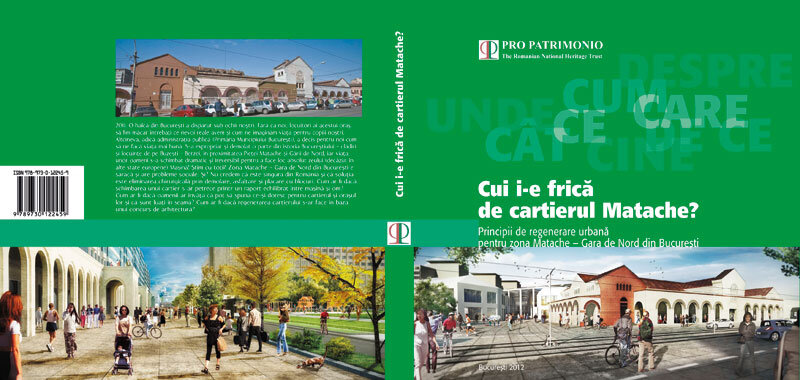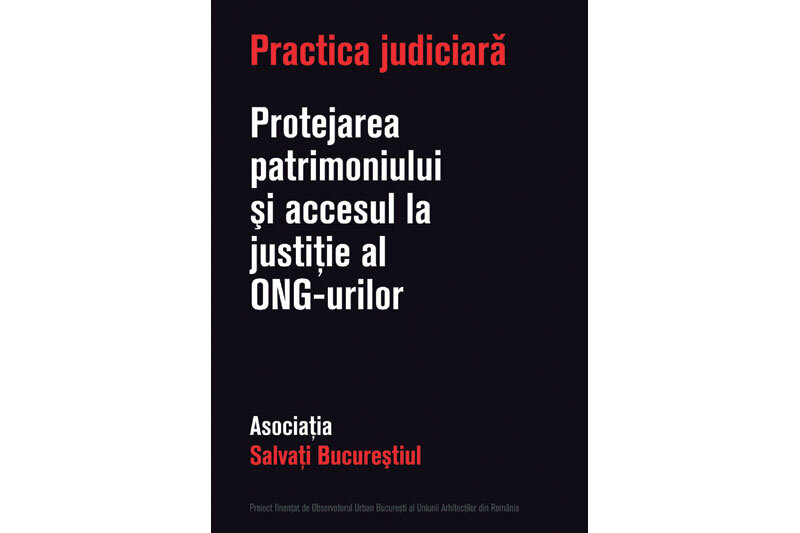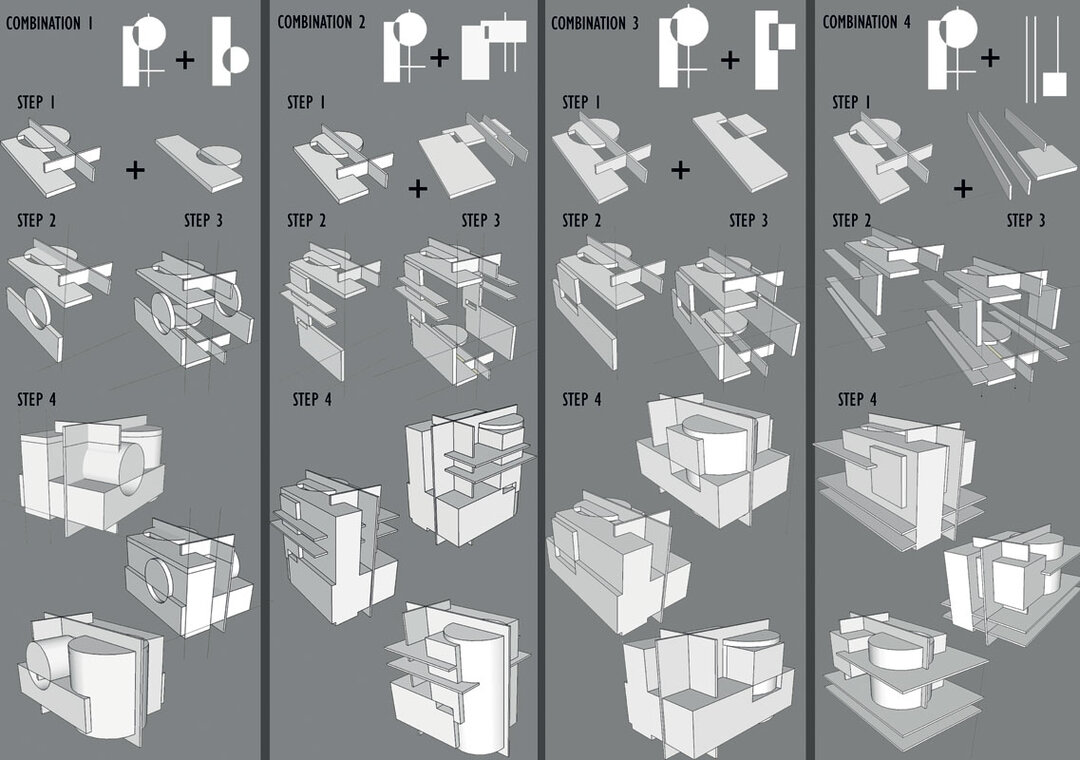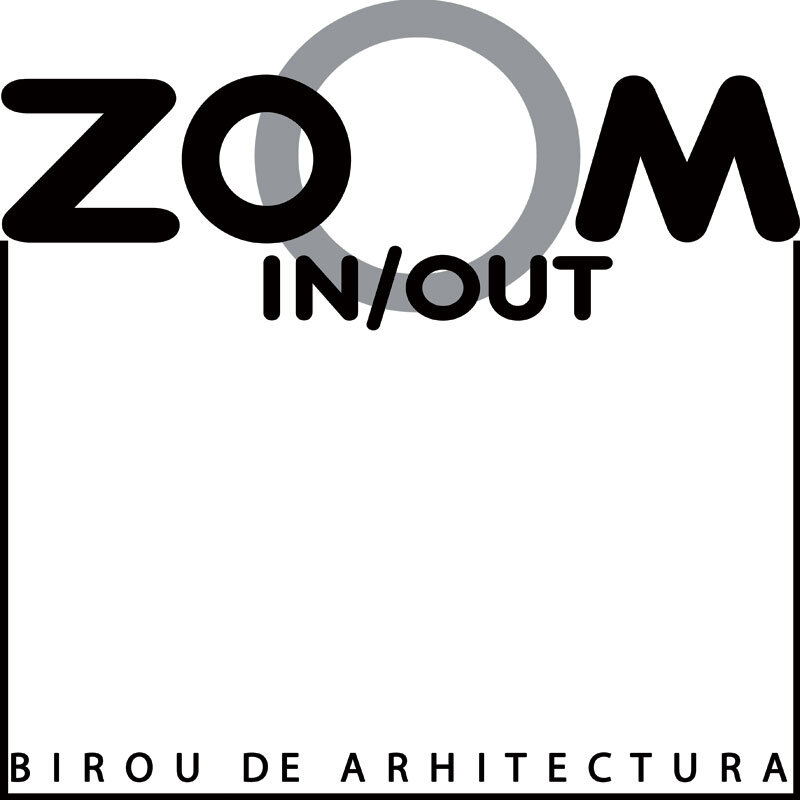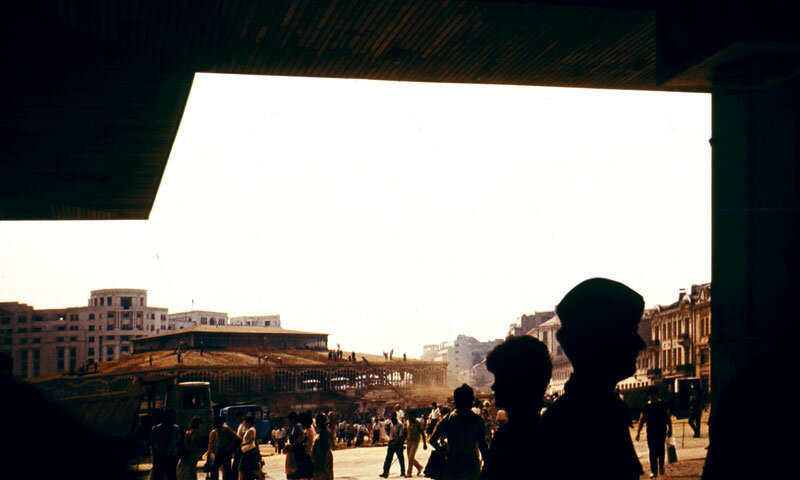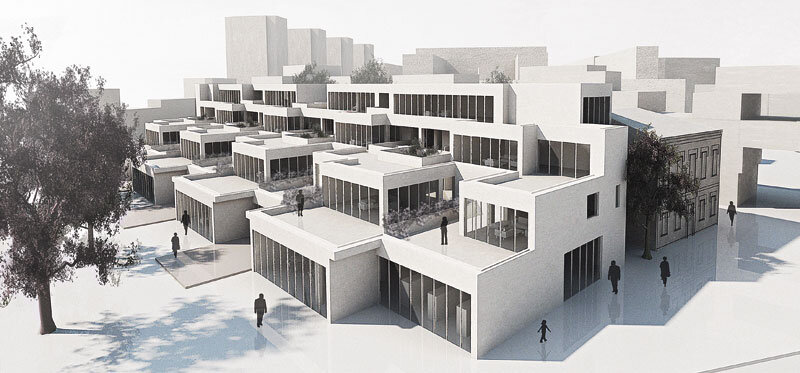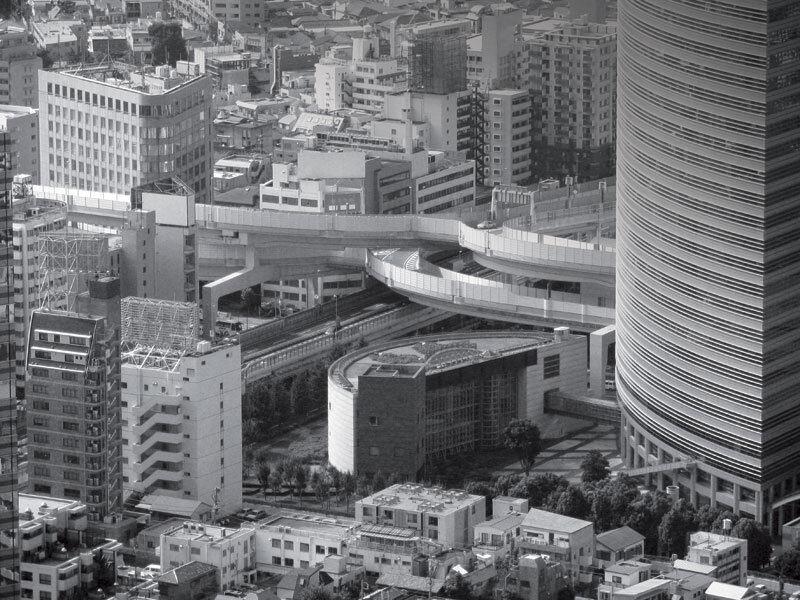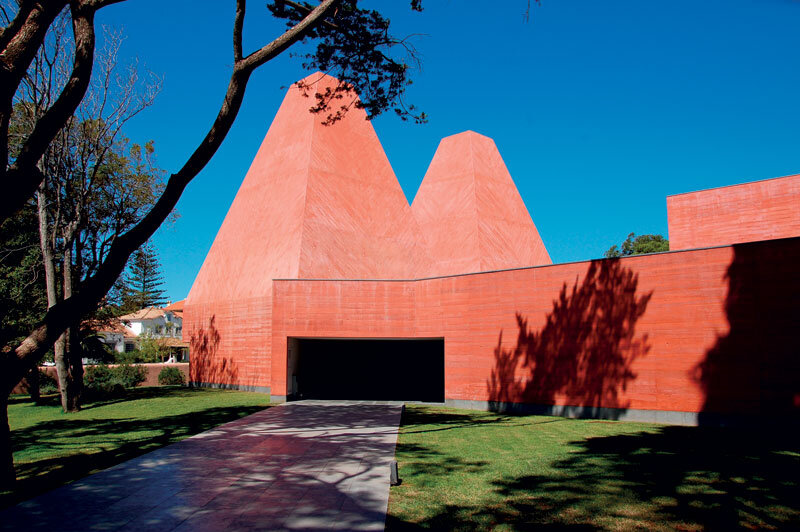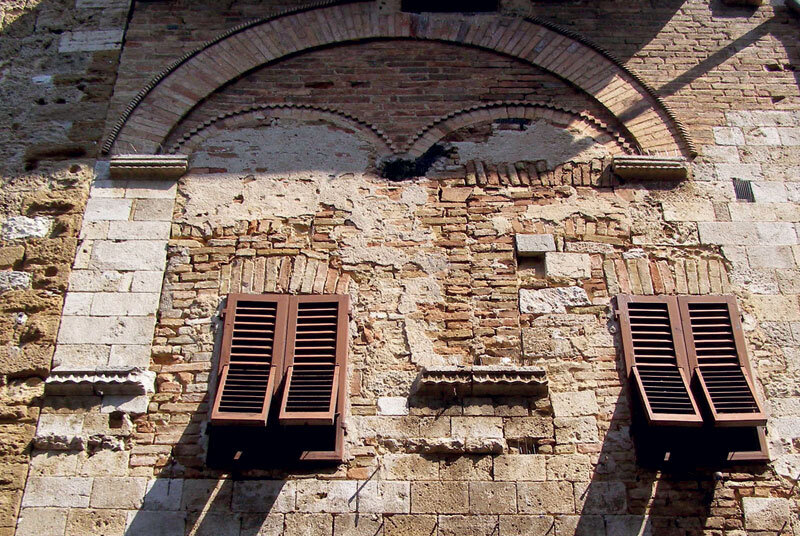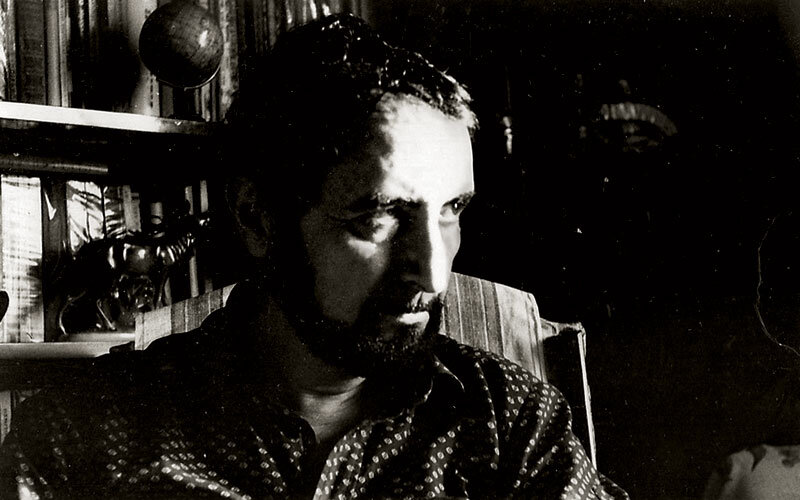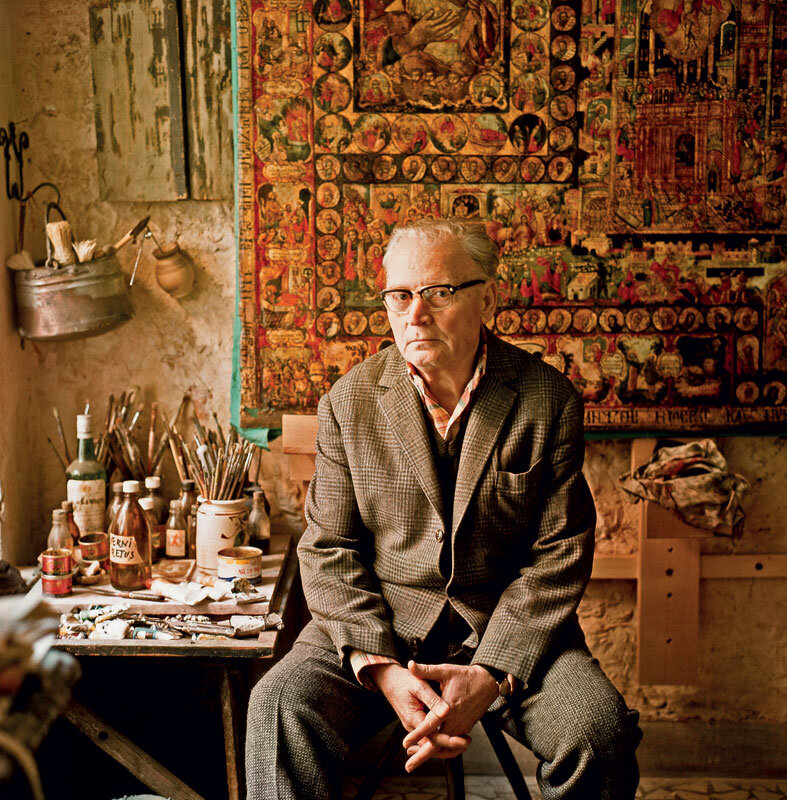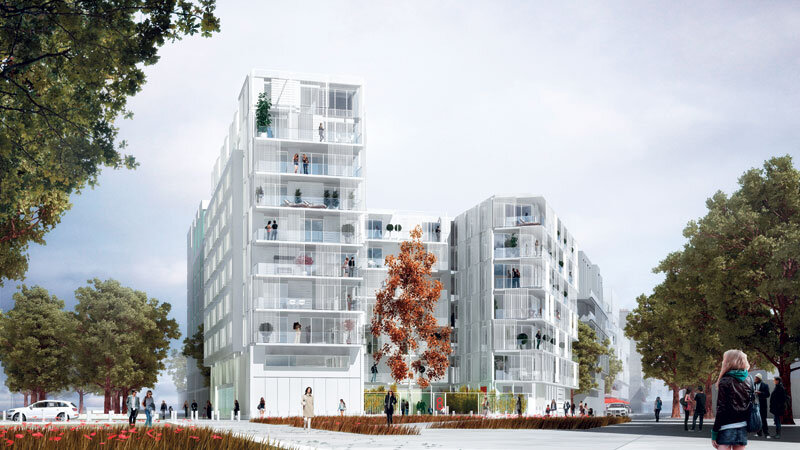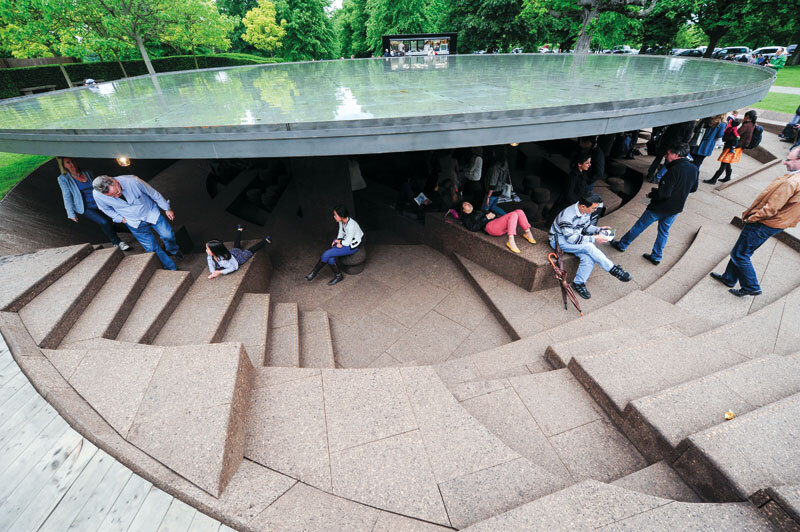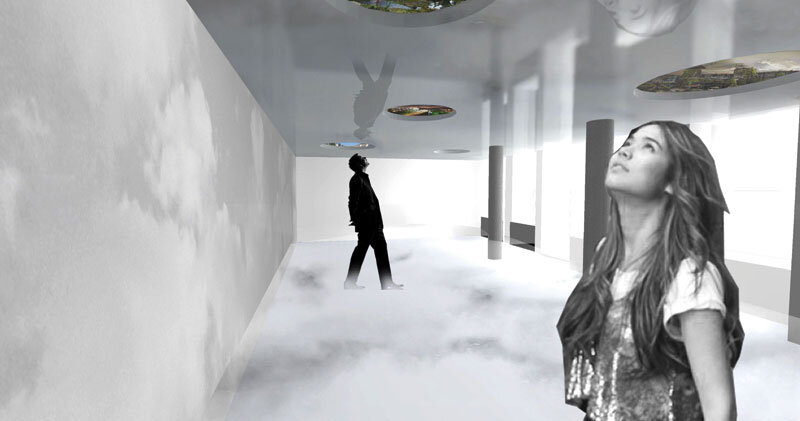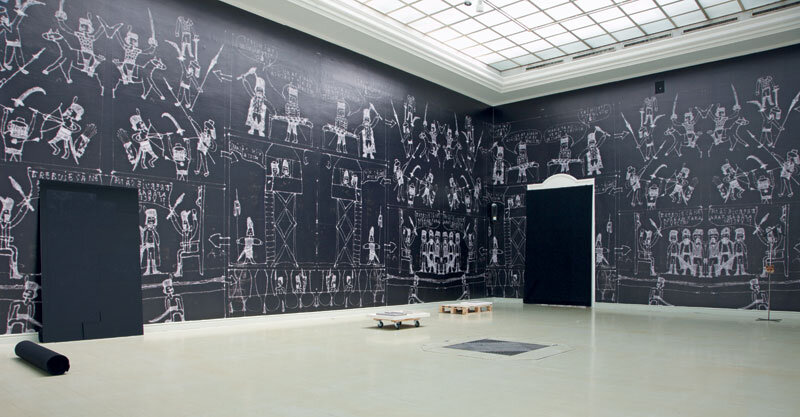
Trans-formare / Beyond-Form. Acțiunile sunt noile forme! - Keller Easterling
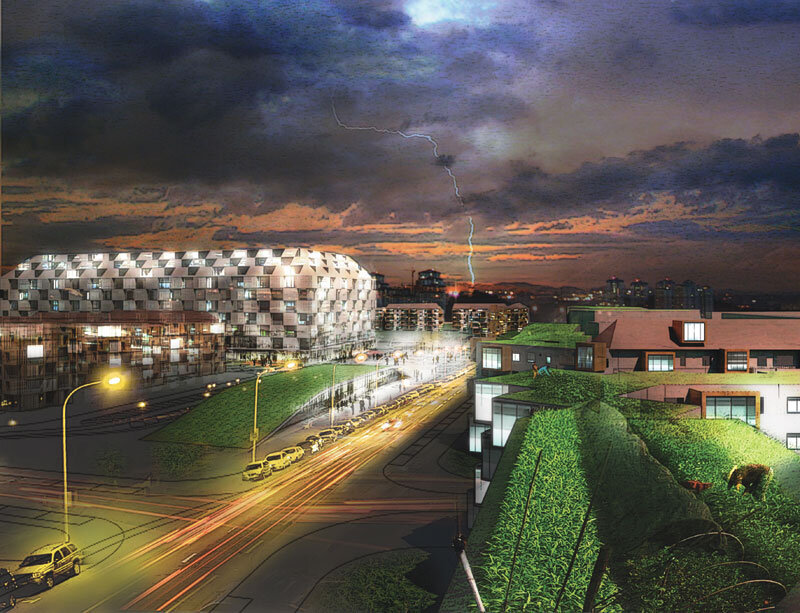

TRANS-FORMATION/BEYOND-FORM
Actions are the new form! - Keller Easterling
| Aspirațiile utopice ale mișcărilor din perioada socialistă au implicat, în general, dizolvarea unor ierarhii spațiale existente (uneori arhaice) și înlocuirea lor cu spații noi, omogene, menite să stimuleze procese de substituție sau negație. Totuși, cerința pentru diversitate ia astăzi locul acestei stări imposibile de tabula rasa: ștergerea generează reconstrucție1.
Orașul a fost șters cu radiera pentru a putea deveni un mecanism al uitării. A devenit un spațiu tare, ascuțit, a cărui componentă moale, umană, s-a pierdut încet. În prezent, suntem doar o masă con-fuză, căutând disperată mentori, ce ni-i alegem fără discernământ și, de multe ori, din contextul greșit. Marcați profund de lipsă și de pierdere - deși nu suntem siguri în legătură cu ceea ce am pierdut - umplem și înconjurăm orașele cu obiecte împrumutate, străine, la fel de confuze ca noi. Ali-mentați de iluzia unei vieți mai bune, distrugem încet, încet posibilitatea de a avea un viitor decent. Promisiunea modernistă - de a transforma canti-tatea în calitate prin abstractizare și repetiție - a fost un eșec, o iluzie: magie ce nu a funcționat2. Cu toate acestea, „orașele” se încăpățânează să repete mereu aceleași greșeli, cu o energie extraordinară. Distorsionarea și lăbărțarea acestora este fără precedent. În absența urbanismului (aproape dispărut în urma eșecurilor modernismului) și a capacității de a controla imaginea de ansamblu, ne-am concentrat pe obiecte, limite, separații față de rest - procese ce, în cel mai bun caz, au de-a face cu arhitectura. Inventăm constant mii de mici „lumi” ce le anexăm, fără prea mult discernămât, la pattern-ul obosit al orașului. Dacă mediul construit - pozitivul - a scăpat complet de sub control - devenind subiectul frământărilor politice, financiare, culturale - acest fapt nu este valabil și pentru spațiul rămas liber. „Negativul” s-ar putea să fie ultimul canditat plauzibil în dobândirea siguranței. Cartierele gri, inițial, au fost obiecte abstracte așezate în spațiu. Pozitiv-negativ. Dacă ar fi să considerăm spațiul ca fiind o armă secretă, aceasta ar fi cel mai bine ținută secret față de cei ce în mod normal sunt educați să conceapă spațiu - arhitecții. Antreprenori ai științelor economice, sociale, informatică și activism dezvoltă ceva ce am putea numi software al spațiului3 ca instrument politic menit să depășească limitele politicii așa cum prea bine o cunoaștem. Acest spațiu, împreună cu anexele sale ce țin de transport, alimentație, spațiu verde, educație și cultură, reprezintă infrastructura rețelei de obiecte abstracte. Infrastructură în care se descarcă toate „echipamentele” întregului, de la emoție până la gunoi. Rețeaua - spațiu negativ. În lumea rețelelor electronice, inteligența sistemului se bazează pe flexibilitatea și versatilitatea pattern-urilor de inter-schimb dintre componente eterogene și scări multiple de activitate. Multiplicitatea, diferențierea și diversitatea întăresc rețeaua, și cu cât sistemul este mai inteligent, cu atât mai contradictorie este organizarea acestuia comparativ cu noțiunile convenționale ale eficienței. Ce ar trebui să conțină și să genereze software-ul acestor spații? Ce conține acesta în prezent? Suntem într-o etapă a istoriei în care industria tocmai ce și-a oprit încet și trist motoarele. Balonul roz al capitalis-mului s-a spart. Hiperdezvoltarea mijloacelor de comunicare și socializare a ridicat la un nivel nemaiîntâlnit rolul individului și al comunităților în raport cu acesta. Toate aceste procese, pe de-o parte, ne-au pus în brațe orașe gâfâinde, cicatrizate și, pe de altă parte, ne-au oferit mijloace informaționale, libere și accesibile de a le „vindeca”. În toate aceste cica-trice zace mult potențial... acestea sunt resursele cu care se va alimenta următoarea etapă a poveș-tii orașelor noastre. În timp ce alte orașe se află într-o luptă continuă pentru spațiu, noi ne bucurăm de arii vaste de posibilități... viitoare motoare ale transformării. REABILITAREA CARTIERELOR GRI a luat naștere în urma colaborării cu locuitorii unui cartier de locuințe socialist din Timișoara (16% din oraș este acoperit de astfel de cartiere, peste 50% din populația orașului locuiește într-un astfel de cartier) și reprezintă o strategie-pilot ce răspunde, prin intermediul unor soluții bine integrate în con-text, unor nevoi bazice: reabilitarea unei structuri urbane în colaps, resuscitarea spiritului de comu-nitate, eficientizarea sistemului energetic, pre-cum și propunera unei strategii economice pentru a conferi valoare financiară celor de mai sus. |
| Citiți textul integral în nr 3/2012 al revistei Arhitectura. |
| Note:
1. Luis Trappe, Quality Management, Architecture & Politics 2. Rem Koolhaas, WHAT EVER HAPPENED TO URBANISM?, SMLXL, The Monacelli Press, 1998 3. Mason White, URBAN SLOT MACHINE: A CONVERSATION WITH KELLER EASTERLING, Archinect |
| The utopian aspirations of movements from the socialist period generally involved the dissolution of existing (sometimes archaic) spatial hierarchies and their replacement with new, homogenous spaces, designed to stimulate processes of substitution or negation. Nevertheless, the demand for diversity today takes the place of this impossible condition of the tabula rasa: erasure generates reconstruction.1
The city has been razed in order that it might become a me-chanism for forgetting. It has become a hard, sharpened space, whose soft, human component has gradually been lost. At present we are merely an amorphous mass, desperately seeking mentors, which we choose without discernment, and more often than not from the wrong context. Deeply scarred by lack and loss, although we are not certain what it is we have lost, we fill and surround our cities with borrowed, alien objects that are just as confused as we are. Fuelled by the illusion of a better life, we gradually destroy any chance of having a decent future. The modernist promise - transformation of quantity into quality through abstraction and repetition - was a failure, an illusion: the magic did not work2. In spite of this, the “cities” stubbornly keep on making the same mistakes, with extraordinary energy. Their distortedness and sprawl is unprecedented. In the absence of urbanism (which has all but vanished following the failures of modernism) and the capacity to control the overall image, we have focussed on objects, limits, dividing lines, processes that are related to architecture at best. We constantly invent thousands of tiny “worlds”, which we append more or less indiscriminately to the exhausted pattern of the city. If the built environment - the positive - is now completely out of control, having become the object of political, financial and cultural upheavals, the same can not be said of the space that has remained unoccupied. The “negative” might be the last plausible candidate when it comes to achieving security. The grey residential districts were initially abstract objects positioned in space. Positive/negative. If we were to take space to be a secret weapon, then this weapon would be the best-kept secret to those who are educated to conceive of space: architects. Enterprising economists, sociologists, IT scientists and activists have been developing what we might call the spatial software3 as a political tool designed to transcend the political limitations we are all too familiar with. This space, along with its annexes related to transportation, food, vegetation, education and culture, constitutes the infrastructure of the network of abstract objects, the infrastructure into which all the “accoutrements” of the whole, from feelings to garbage, are emptied. The negative network. In the world of electronic networks, the system’s intelligence is based on the flexibility and versatility of the patterns of exchange between heterogeneous components and multiple scales of activity. Multiplicity, differentiation and diversity reinforce the network, and the more intelligent the system, the more contradictory is its organisation in comparison with conventional notions of efficiency. What should the software of these spaces contain and generate? What does it currently contain? We are at a stage in history when industry has now slowly and sadly stopped its engines. The pink balloon of capitalism has burst. The hyper-development of means of communication and socialisation has elevated to the role of the individual and the communities with which he interacts to a hitherto unimagined level. On the one hand, all these processes have cast us into the arms of gasping, scarred cities, and, on the other, they have provided us with the free and accessible informational means to “heal” them. In all these scars resides great potential: these are the resources on which the next stage of our cities’ story will be nourished. While other cities are locked in a continuous struggle for space, we enjoy vast areas of possibility, future engines of transformation. The rehabilitation of the grey housing estates came about as a result of working with the residents of a communist housing estate in Timișoara (sixteen per cent of the city is covered with such estates, and fifty per cent of the city’s population lives in such estates) and is a pilot strategy that meets basic needs via solutions that are well integrated into the context: rehabilitation of an urban fabric in collapse, revival of community spirit, and improvement of energy efficiency, as well as putting forward an economic strategy to add financial value to all these. |
| Read the full text in the print magazine. |
| Notes:
1. Luis Trappe, Quality Management, Architecture & Politics
2. Rem Koolhaas, WHAT EVER HAPPENED TO URBANISM?, SMLXL, The Monacelli Press, 1998
3. Mason White, URBAN SLOT MACHINE: A CONVERSATION WITH KELLER EASTERLING, Archinect
|

